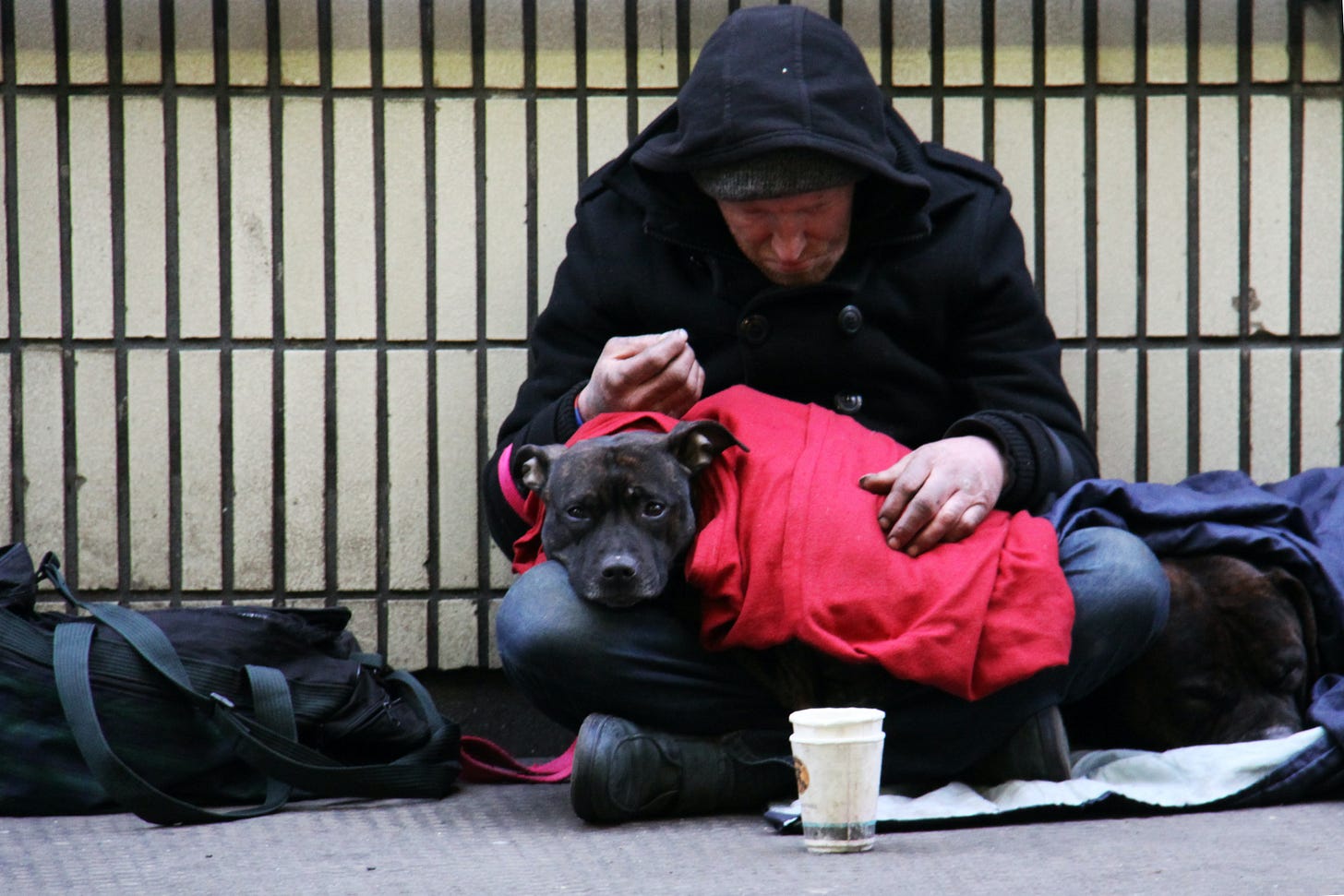Is there a place in the American heart for the white male?

In season 1, episode 4 of HBO’s White Lotus, Nicole Mossbacher (played by Connie Britton) has a conversation with her daughter Olivia and Olivia’s friend, Paula. The conversation is about Quinn, Nicole’s son and Olivia’s brother.
Nicole (Mom): How’s it going? … Hey, can I ask you girls a favor? Can you try to include Qui…
Keep reading with a 7-day free trial
Subscribe to In His Words to keep reading this post and get 7 days of free access to the full post archives.


